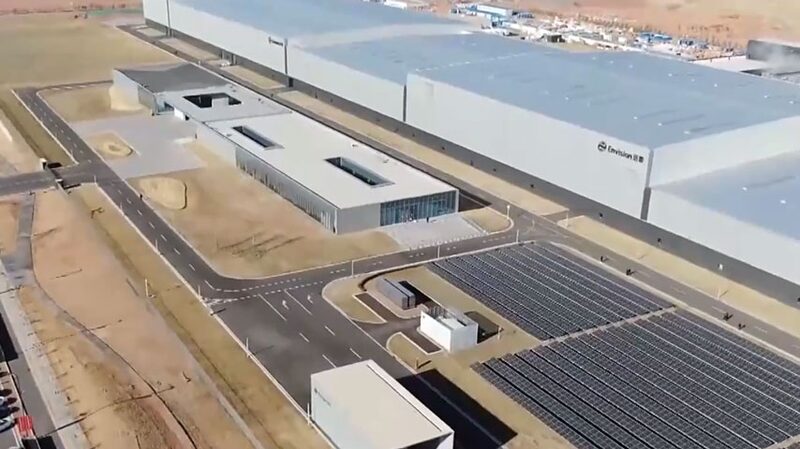China is turning up the green vibes! 🌍✨ The country is rolling out plans to build zero-carbon industrial parks, a major move in its journey toward a more sustainable economy. These parks are not just about factories; they're about creating eco-friendly hubs that could change the game for the planet.
This eco-initiative took center stage at the Central Economic Work Conference last December. National leaders mapped out priorities for 2025, and guess what? Going green is high on their list! 🌱 These industrial parks are seen as key spots to hit China's climate goals.
China aims to peak carbon emissions before 2030 and reach carbon neutrality by 2060. That might sound like a mission impossible, but with these zero-carbon parks, it's more like mission achievable! 🚀 For China, embracing green tech isn't just cool; it's essential for modernizing the nation.
Pioneers in Zero-Carbon Parks
While there's no one-size-fits-all definition of a \"zero-carbon industrial park\" yet, cities across China started crafting their own versions in 2021. One city leading the charge is Ordos in north China's Inner Mongolia Autonomous Region.
In 2022, Ordos unveiled what it calls the \"world's first zero-carbon industrial park\" and gave it an upgrade in July 2024. Talk about leveling up! 🏭💚 They even set a local standard for these parks in 2023, blazing a trail for others to follow.
Today, the Ordos park is buzzing with companies making batteries, solar panels, hydrogen fuel, and electric vehicles. It's like an eco-tech playground! 🛠️🔋
\"The availability of cheap, emission-free electricity is the park's biggest draw,\" Zhang Yuan, a zero-carbon strategies manager at Envision Group, told The Economic Observer in August.
The Bigger the Scale, the Bigger the Challenge
Building zero-carbon parks isn't all sunshine and rainbows. ☀️🌈 It's a tough gig for many companies and local governments. According to Liu Jiagen, deputy chief engineer at the Architectural Design and Research Institute of Tsinghua University, achieving carbon neutrality on a small scale is super challenging.
\"It's more challenging for a building than a park, and more challenging for a park than a city,\" Liu mentioned in an interview with China Securities Journal in May.
Liu explained that cities can invest in renewable energy plants, and industrial parks have room for solar panels and energy-efficient tech. But for individual buildings, it's a steeper climb. 🏙️⛰️
Even though building or demolishing a structure doesn't emit much carbon, making the construction materials does. \"Whether these embodied emissions should be included in carbon emission calculations is still a matter of debate,\" Liu said.
In July 2023, China's Ministry of Housing and Urban-Rural Development released draft technical standards for zero-carbon structures and asked for public input. The final standards are still in the works, but one thing's for sure: China's ride toward a green future is full steam ahead! 🚂🌿
Reference(s):
Zero-carbon industrial parks a key to China's green economic future
cgtn.com




